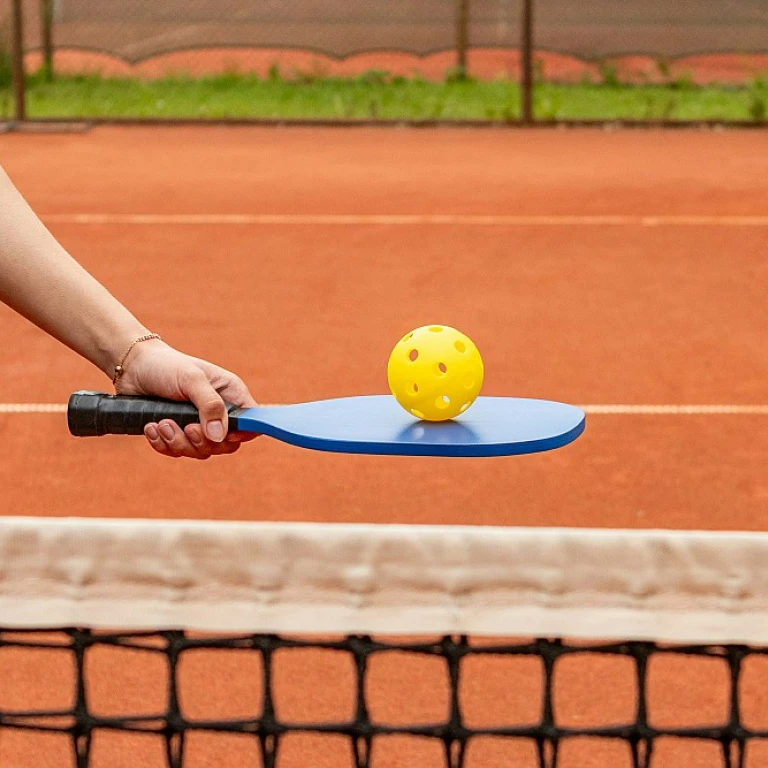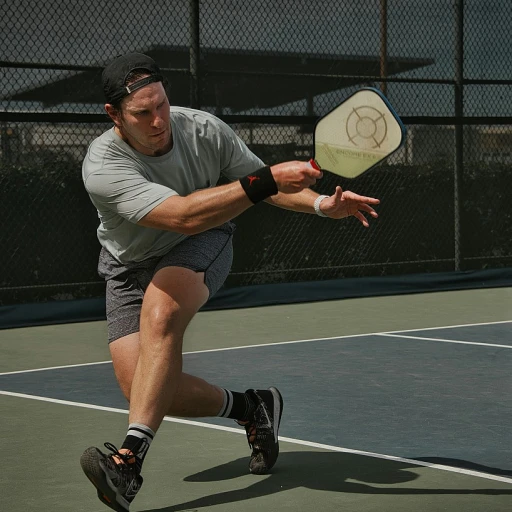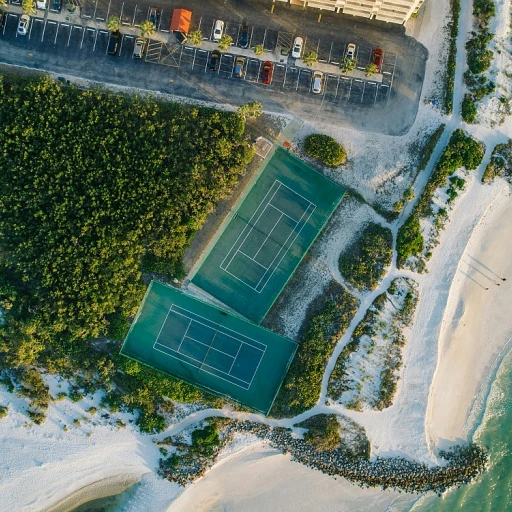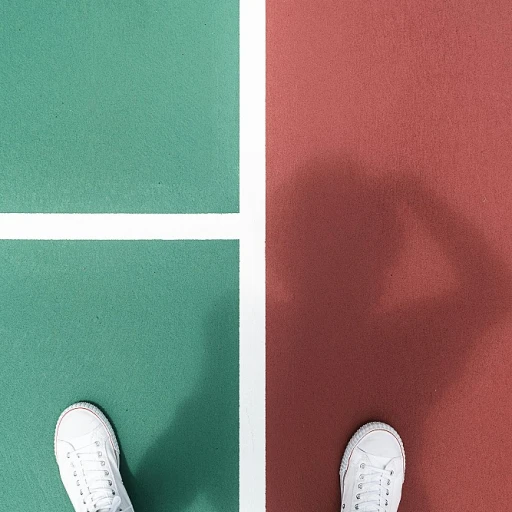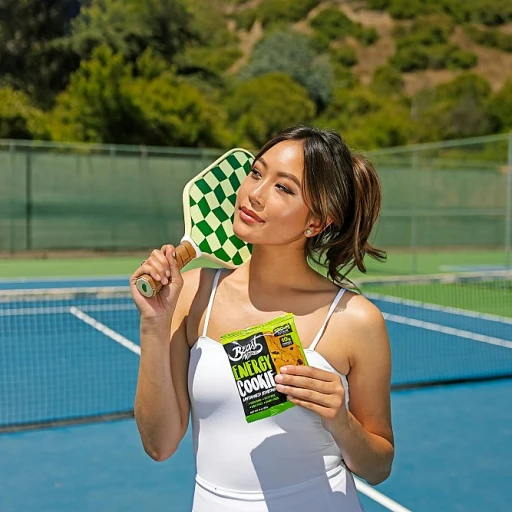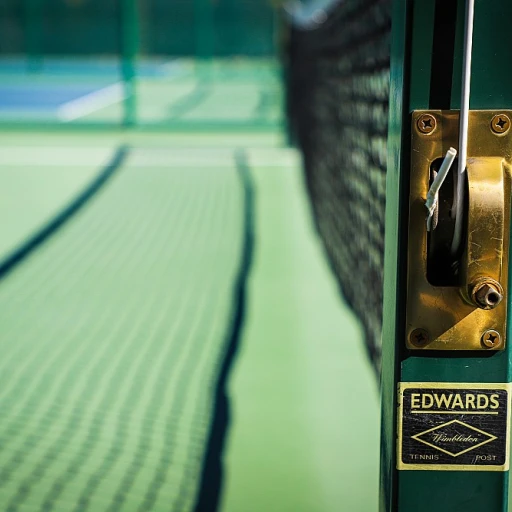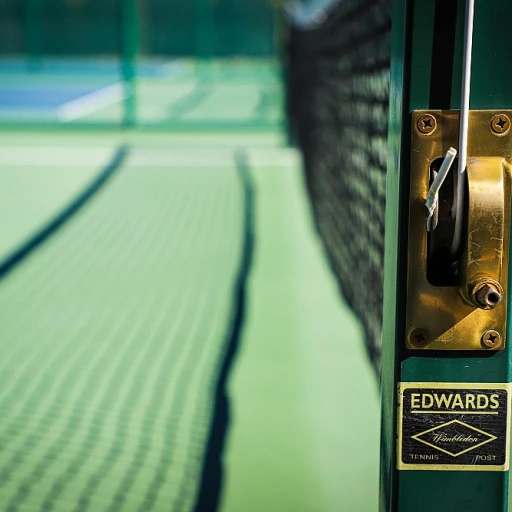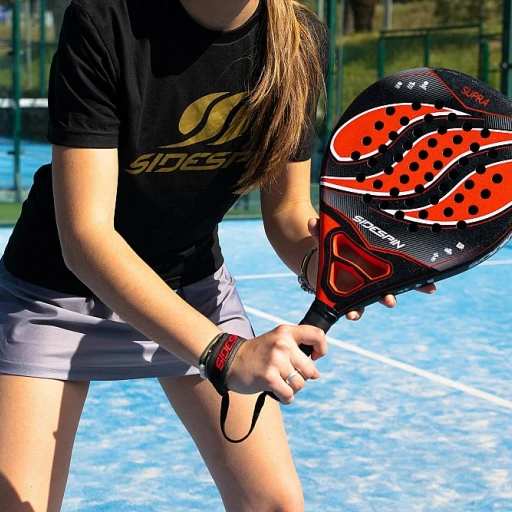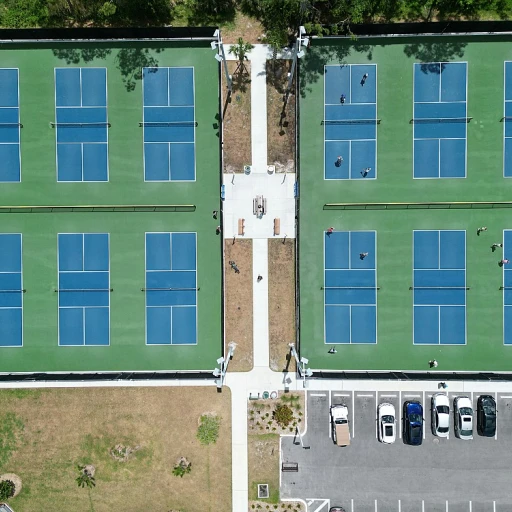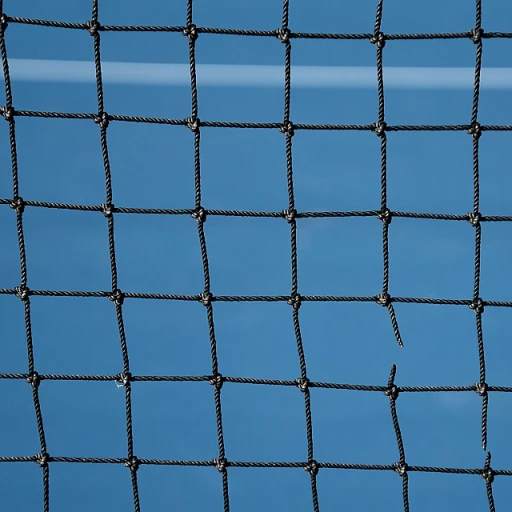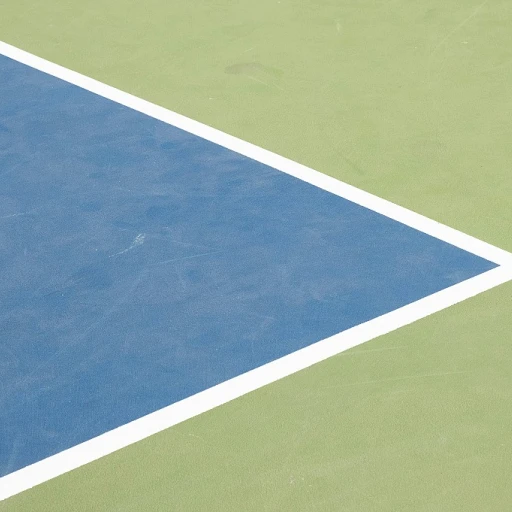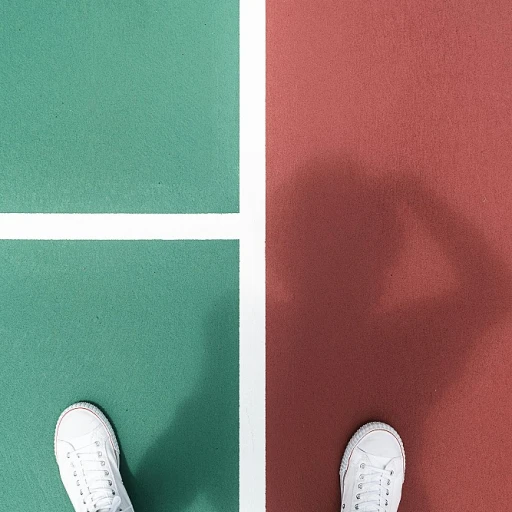Understanding the transition from tennis to pickleball
Transitioning from Tennis to Pickleball: A Seamless Shift
For tennis players, transitioning to pickleball can be an exciting journey. The two sports share similarities, yet the differences can significantly impact your game. Understanding these nuances is key to making the most of your pickleball experience.
One of the most notable differences is the size of the court. Pickleball courts are smaller, which means less running and more focus on quick reflexes and strategic play. This can be a relief for those who find tennis physically demanding but still want to enjoy a competitive sport.
Another aspect is the equipment. While tennis relies heavily on the racquet and strings for spin and power, pickleball paddles are different. They are solid, without strings, and come in various materials like graphite and composite. Choosing the right pickleball paddle is crucial, as it affects your control, power, and feel of the ball.
Moreover, the ball used in pickleball is lighter and has holes, affecting the game's pace and how players generate spin. Former tennis players might find themselves adjusting their swing to accommodate these changes.
As you delve deeper into the world of pickleball, you'll discover a variety of paddles like the Selkirk and Joola, each offering unique features that cater to different play styles. Whether you're seeking power, control, or a balance of both, understanding the characteristics of pickleball paddles will help you find the best fit for your game.
Overall, transitioning from tennis to pickleball is about adapting to a new rhythm and embracing the unique elements of this rapidly growing sport. With the right approach and equipment, you'll soon find yourself enjoying the dynamic and engaging nature of pickleball.
Key features to look for in a pickleball paddle
Essential Paddle Characteristics for Tennis Enthusiasts
Making the jump from tennis to pickleball involves more than just trading your racket for a different tool. Selecting the right pickleball paddle is crucial for optimizing performance on the court. Here's a look at the must-have features that will elevate your pickleball game:- Elongated Paddle Shape: Tennis players are accustomed to a certain reach, which can be matched by an elongated paddle. This design not only aids in covering more ground but enhances power control by providing a sense of familiarity to those transitioning from tennis.
- Paddle Face Material: Materials make a significant difference, with carbon fiber and composite options leading the pack. Carbon paddles, known for their durability and power spin capabilities, offer a responsive hit that many pro pickleball players prefer. If you're aiming for impressive spin and a solid feel, raw carbon paddles and those in the proton series are excellent choices.
- Weight Considerations: To achieve a balance between power and control, players should consider the paddle's weight. Lighter paddles increase maneuverability and arm speed, facilitating quick reactions during intense rallies. Conversely, heavier paddles boost power, which can be advantageous for those with a strong tennis background.
- Sweet Spot Optimization: Every pickleball paddle has its ideal striking area—often referred to as the sweet spot—that influences shot accuracy and power control. Engage pursuit and vatic pro paddles are known for having a generous sweet spot, which is a critical factor for consistent play.
- Surface Texture for Spin: A textured paddle face helps significantly with generating spin, a technique that many tennis players bring to pickleball. Brands like selkirk and joola focus on enhancing paddle texture to accommodate powerful, spinning shots.
Top pickleball paddles for former tennis players
Selecting the Ideal Paddle for Tennis Enthusiasts Turned Pickleball Players
For those transitioning from tennis to pickleball, choosing the right paddle can significantly influence your game. Tennis players may initially focus on paddles that offer a familiar feel and balance between power and control, much like their tennis rackets.- Selkirk Amped Series: Known for its balance of power and control, the Selkirk Amped series offers paddles with a large sweet spot, making it a top choice for former tennis players seeking consistency and enhanced performance.
- Vatic Pro Power Spin: This paddle is an excellent option for those who value spin and power. Its elongated shape and carbon fiber construction allow players to generate spin efficiently while maintaining power control.
- Engage Pursuit Pro: With its wide face and raw carbon material, the Engage Pursuit caters to players who prioritize control without sacrificing power. Its design aids in precise ball placement, vital for strategic play.
- SLK by Selkirk: The SLK series provides an ideal blend of performance and affordability. These lightweight paddles suit players developing precision and seek an easier feel during the transition phase.
- Joola Prism Flash: Featuring a unique paddle face, the Prism Flash focuses on offering pro-level control paired with power characteristics, appealing to competitive players.
Comparing paddle materials: graphite vs. composite
Decoding Paddle Materials: Choosing Between Graphite and Composite
When selecting a pickleball paddle, one crucial aspect tennis players should consider is the material of the paddle. Two of the most popular materials are graphite and composite. Understanding the differences can help players make an informed decision that enhances their playing experience. Graphite paddles are revered for their lightweight nature and impressive strength, making them a favorite among those seeking greater control and spin during matches. The thin, stiff layer of graphite provides a solid hitting surface, ensuring that players can execute precise shots with ease. This makes graphite paddles an excellent choice for those focusing on finesse and accuracy. However, they may lack the power some players desire. On the other hand, composite paddles, which incorporate materials such as fiberglass, offer a balance between power and control. The composition allows for a more robust paddle face capable of delivering substantial power shots. Players looking for added power in their game may find composite paddles more suitable. Moreover, they often feature a larger sweet spot, which is valuable for beginners aiming to improve their overall performance. Both graphite and composite paddles have their merits, and players transitioning from tennis need to assess their own style and preferences. Whether prioritizing control, power, or a blend of both, the choice of material plays a pivotal role in achieving the best pickleball experience. Additionally, options like carbon fiber paddles and those with raw carbon faces, such as the Selkirk and Joola models, provide further choices for discerning pickleball enthusiasts seeking the ultimate combination of power and precision.How paddle weight affects your game
Finding the Right Balance: Paddle Weight and Its Impact
Picking the right pickleball paddle involves more than just feel and design. A significant factor tennis players transitioning to pickleball should consider is the weight of their paddle. The weight of a paddle can greatly influence your power, control, and overall playing style in the game.- Lightweight Paddles: Weighing less than 7.3 ounces, these paddles are usually recommended for players who prioritize quick reactions and fast swings. They allow for agile movement, making them a popular choice for those who value swift ball exchanges and maneuverability.
- Mid-weight Paddles: Ranging from 7.3 to 8.4 ounces, mid-weight paddles offer a blend of power and control. They are often considered the best mix for most tennis converts as they provide a balanced approach, allowing players to generate ample spin and ensure precise placement without sacrificing too much on power or agility.
- Heavyweight Paddles: These paddles exceed 8.5 ounces and are designed for those who like to unleash power in their shots. While the added weight can give your strikes more force, it may come at the cost of slightly reduced reaction time and maneuverability.
Tips for improving your pickleball skills
Refining Your Skills for Enhanced Play
Transitioning from tennis to pickleball can be exhilarating, especially when you have the right paddle in hand. Here are some tips to help you improve your pickleball skills and make the most out of your paddle selection:
- Focus on Spin: The best paddles, particularly those with carbon fiber or raw carbon face, enhance spin control. This is essential for players coming from tennis backgrounds, as it allows for greater ball manipulation.
- Embrace Control over Power: While tennis players may be used to power shots, pickleball paddles like the Selkirk or Joola are designed to offer both power and control. Adjust your playstyle to focus more on strategic play and precision.
- Optimize the Sweet Spot: Different paddles like the elongated designs or those in the Vanguard Pursuit or Pro Prism series offer various sweet spot locations. Practicing with your new paddle will help you understand where your paddle's sweet spot lies and how to best leverage it.
- Practice Dinking: Dinking is a crucial skill in pickleball where control and placement trump power. Engaging in regular practice with paddles that suit your feel and comfort can significantly improve your game.
- Experiment with Paddle Weight: Lighter paddles, often found in the Engage Pursuit and SLK series, provide quick response and enhance maneuverability. Practice with different weights to find the best feel for your playstyle.
Remember, the more you play, the more you'll understand the subtleties of your game and how best to utilize your paddle's attributes. Whether you're using the Pursuit Pro or a paddle from the Proton series, refining these skills will help you become a pro in the sport.

